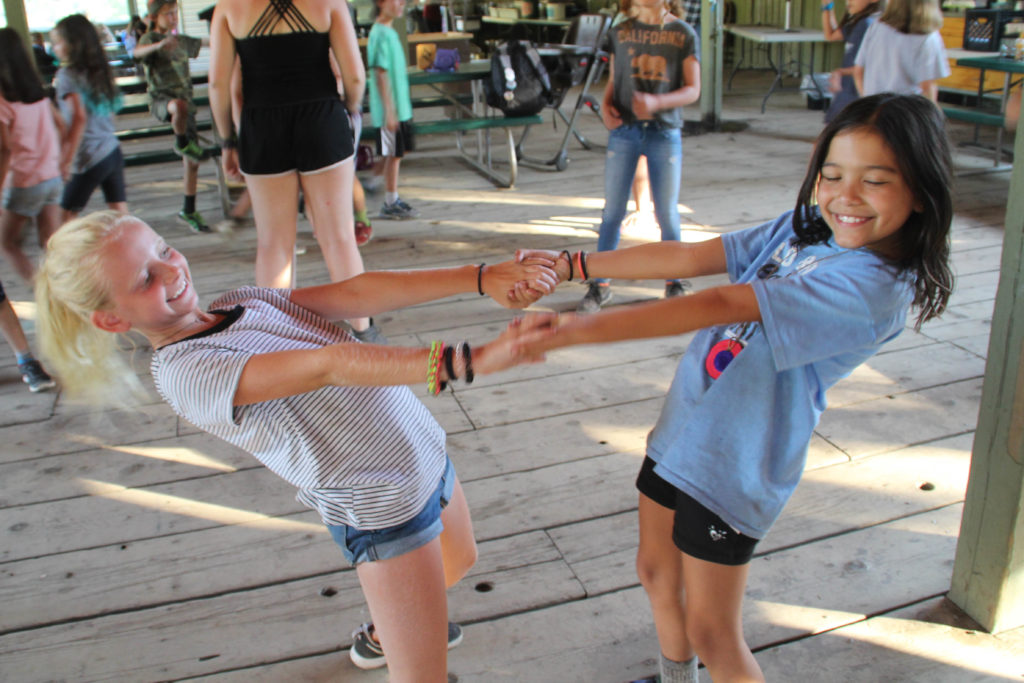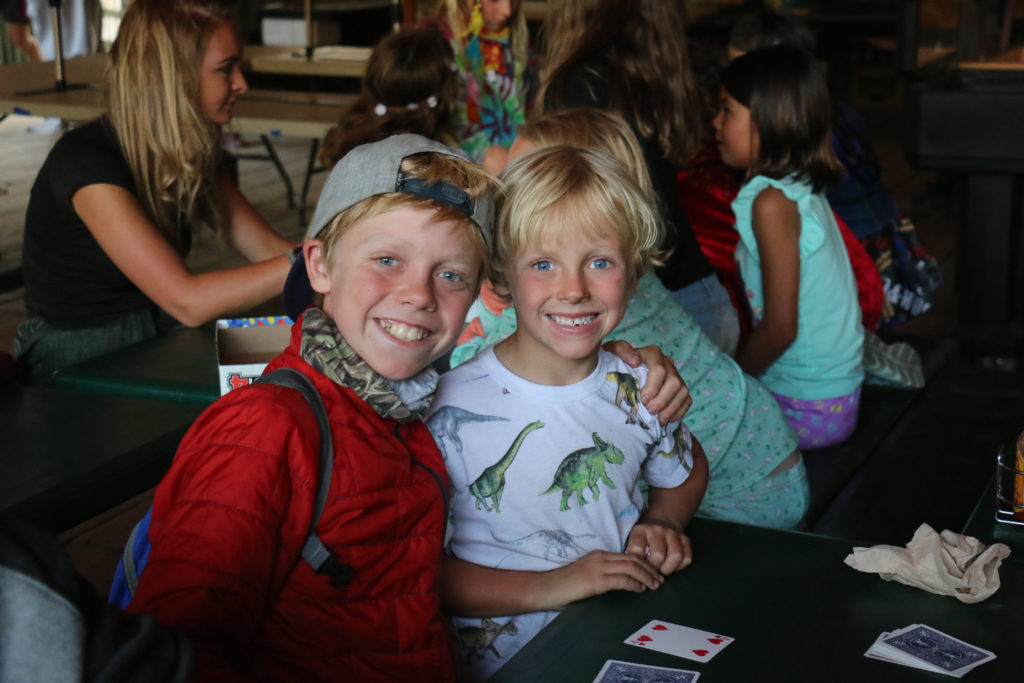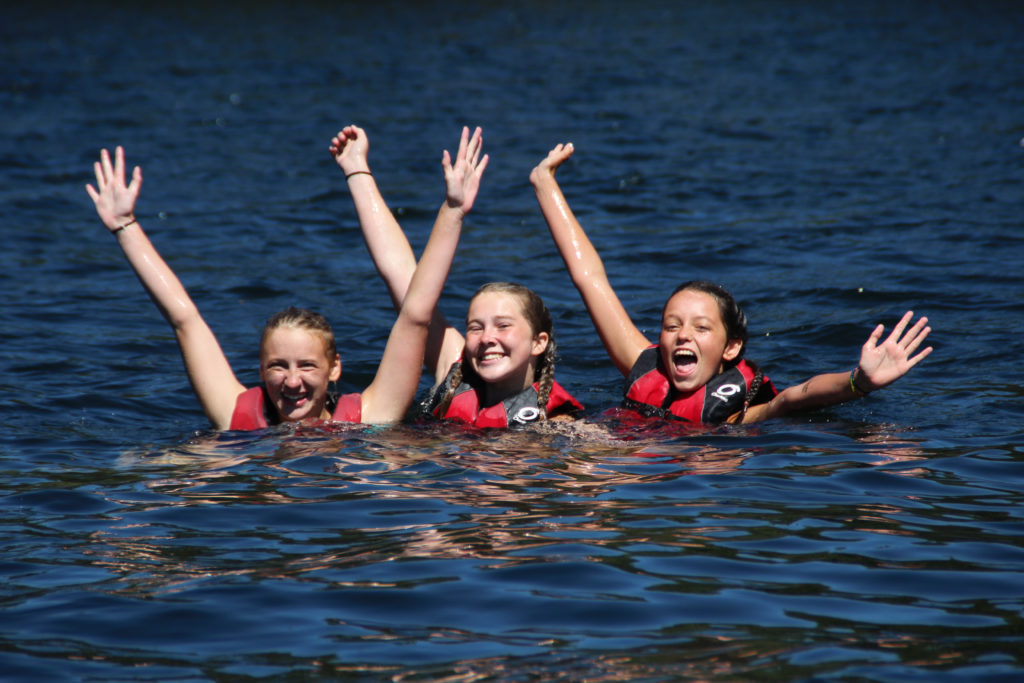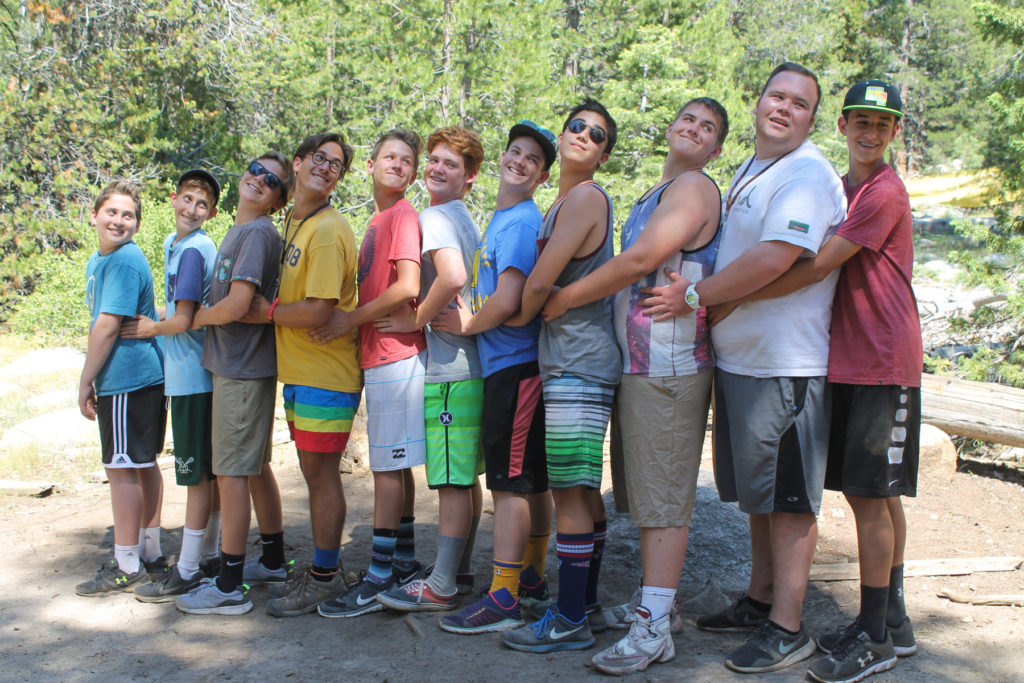What do Kids Need at Different Ages?
In preparation for training our camp counselors, I’ve spent some time revising and updating our materials and resources about the different characteristics and needs of the age groups we serve at camp. This information can be helpful for parents, as well.
In this post, I’m including the chart of Age Group Characteristics and Needs, as well as some of my favorite parenting resources for parenting and counseling different age groups.
One of the activities we do with our counselors to help them remember what it was like being different ages during childhood and adolescence is ask them to remember an event or events from a specific age that shaped who they are today. Sometimes they recall positive events like a success in school or an artistic or athletic accomplishment, and sometimes they remember more challenging or negative events like a move to a new city or school, going through their parents’ divorce, or the death of a close family member.
At camp, we spend a lot of time and effort assigning counselors to the “right” age group for them. As parents, we don’t get to be assigned to the age group we work best with. We’re required to work with our kids at every age, even ages that we don’t have much experience with.
It’s good to prepare ourselves with at least some basic information about how our kids change as they move through their different stages of development. While each child is unique in his/her individual development, there are some trends and basic characteristics that are fairly universal.
Knowing what changes you can expect, and what your kid needs most from you during different ages and stages of development, can be a reassurance during some turbulent parenting years!
Different age group characteristics and needs are listed below, but if you’d like to download a printable PDF chart, do so using the sign up box.
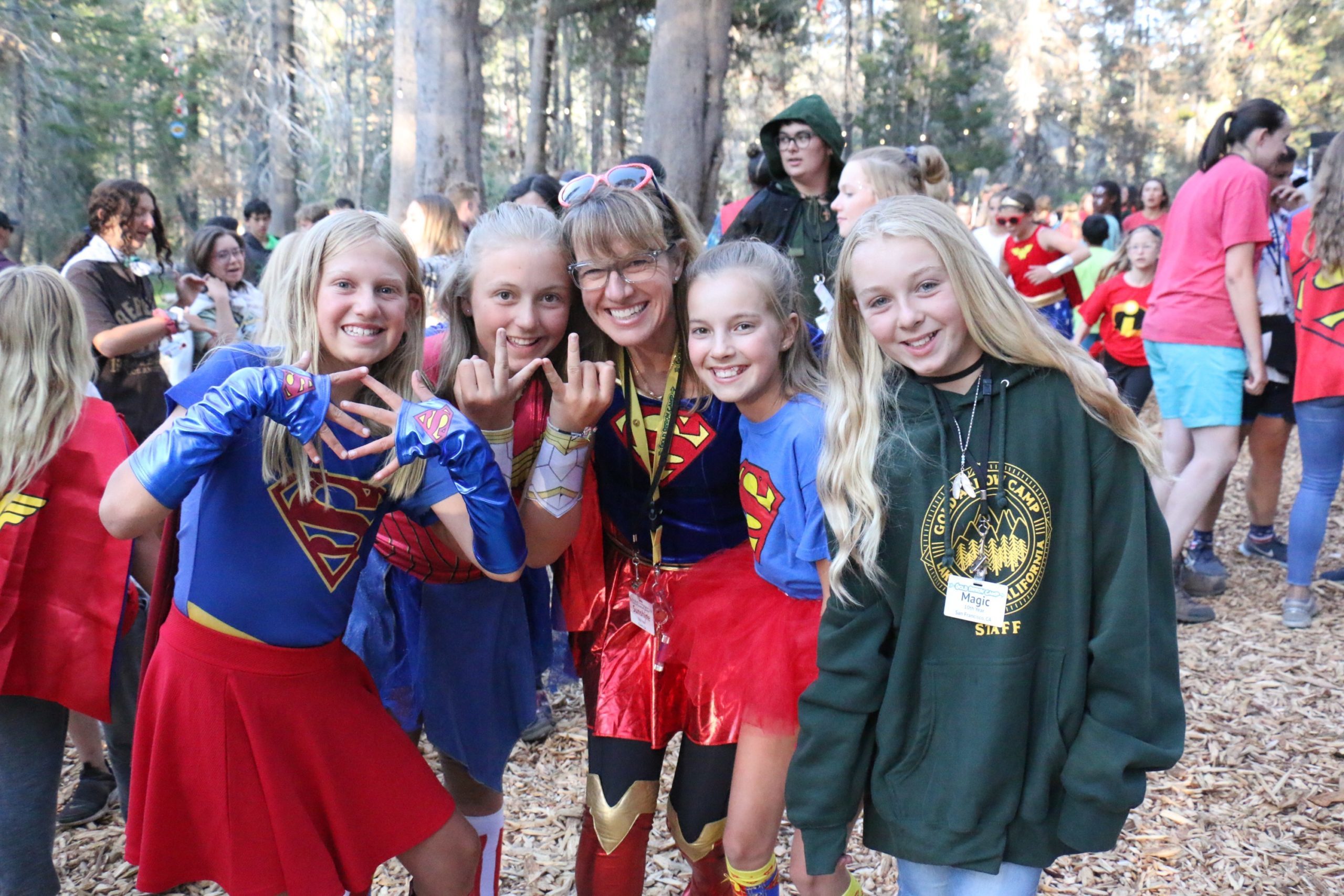
Age Group Characteristics
Subscribe to my updates with tips for raising thriving kids, and I'll send you my Age Group Characteristics & Needs by age PDF.
Needs of Kids at All Ages
• Authoritative parenting/counseling: high warmth & nurture with high standards.
• Treated with patience & respect, never humiliated or embarrassed.
• Feel accepted and a sense of belonging.
• Structure; clear limits and expectations.
• Positive adult mentors/role models.
• Age-appropriate responsibilities.
• Assistance with social skills.
• Reassurance that their feelings, physical and emotional changes, and fears are “normal.”
Younger Elementary (ages 6-9, Grades 1-4)
Characteristics
Discovering ways to initiate actions on their own.
Needs
• Be active, burn off energy.
• Help making transitions (use countdowns, 5 & 10-minute warnings).
• Reminders & help with hygiene.
• Nurturing – need to be tucked in, stories at bedtime.
• Help with self-regulation skills.
Upper Elementary (Ages 10-11, Grades 5-6)
“Tween” (pre-puberty/puberty)
Characteristics
· Identify themselves by the tasks and skills they perform well.
· Varying degrees of interest/comfort in socializing with opposite sex.
· Learning to feel competent, especially when competing with peers.
· Failure results in feelings of inferiority.
· Absorbing information, seeking knowledge.
· Starting to form identity.
· Want to belong, be liked, fit in.
· Unstable feelings.
Needs
• Be active, burn off energy.
• Be challenged.
• Experience failure as learning.
• Peer acceptance.
• Nurturing without embarrassing.
• Help with socializing, especially with the opposite sex.
• Help with friendship issues like cliques, meanness, etc.
Early Adolescence/Middle School (ages 12-13, grades 7-8)
Characteristics
- Hormone-regulated, rapid pubertal growth and changes.
- Extreme variability in development (physical, social, emotional).
- Exploring and experimenting with various roles.
- Developing a separate identity from parents.
- Tendency to be moody, restless; may exhibit erratic and inconsistent behavior including anxiety, bravado, and fluctuations between superiority and inferiority.
- Self-conscious and highly sensitive to criticism of their perceived personal shortcomings
- Social-emotional maturity often lags behind physical and intellectual development.
- Strong need to belong to a group—with peer approval becoming more important and adult approval decreasing in importance.
- Conflicts with siblings.
Needs
- Clear boundaries & structure
- Help building up self-assurance and facilitating independence.
- Positive adult role models who treat them with respect while holding them to a high standard and expecting good behavior.
- Nurturing without condescending.
- Learn respect for the opposite sex and have non-sexual friendships with them.
- Appropriate consequences so as to allow them to save face/have a good excuse to avoid dangerous behaviors.
- Discussion and hands-on experience with peers and adults to learn and grow.
- Experiences such as role-playing, drama, and reading that foster identity formation.
- Help realizing that their challenges are not unique.
- Assistance developing healthy habits (sleep, exercise, eating).
Middle Adolescence/High School (ages 14-18, grades 9-12)
Characteristics
- Young adults with varying degrees of social and emotional maturity.
- Peer groups, romantic interests, and appearance increase in importance;
- The search for identity and self-discovery may intensify feelings of vulnerability; become attuned to the differences between self and others.
- Move away from blanket acceptance of adult moral judgment to the development of their own personal values
- Want autonomy.
- Want to feel needed and wanted, accepted and a sense of belonging.
- Experimentation: Making choices regarding schoolwork, sexuality, drugs, alcohol, and social life.
- Puberty is completed for males and females.
- Physical growth slows for females but continues for males.
- Begin to set long-term goals and become interested in the meaning of life and moral reasoning.
- Physically vulnerable due to improper nutrition, poor physical fitness, and health habits as well as high-risk behaviors such as alcohol or drug use.
- Transition from a self-centered perspective to considering the rights and feelings of others.
- Pose broad, unanswerable questions about life and refuse to accept trivial responses from adults.
- Torn between their desire to conform to the peer group norms and their aspiration to be distinctive and independent.
Needs
- Clear guidance, given with respect, from counselors.
- Given responsibilities and leadership opportunities.
- Supervision without suffocation.
- Opportunity to share and talk about emotions and events.
- Appropriate instruction concerning the risks of alcohol and drug use, teenage pregnancy, and sexually transmitted diseases.
- Opportunities for physical movement and periods of rest.
- Activities that foster teamwork and build community.
- Continued guidance related to health and well-being habits.
Resources:
15 Books That Inspire my Parenting
My Favorite Parenting Books of 2017
12 Ways to Become a More Authoritative Parent
Erikson’s Stages of Development

